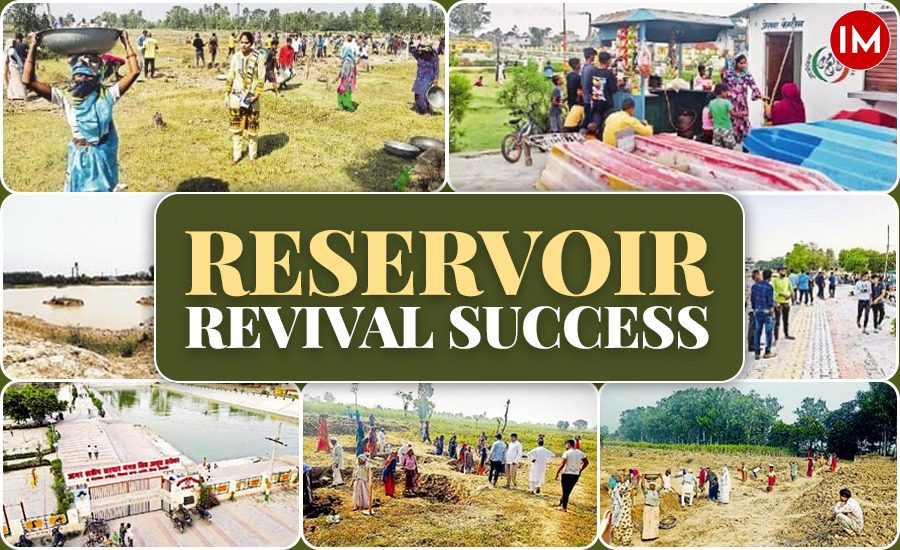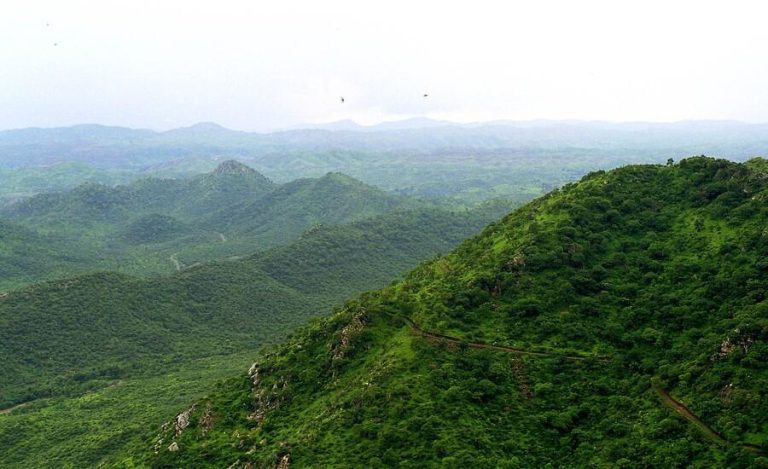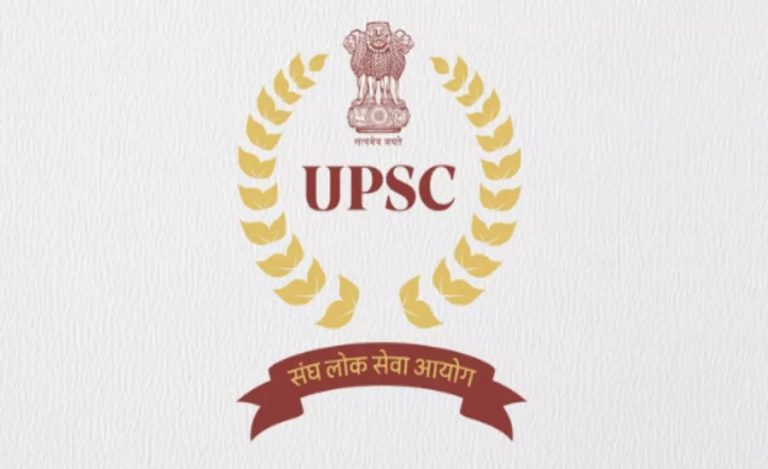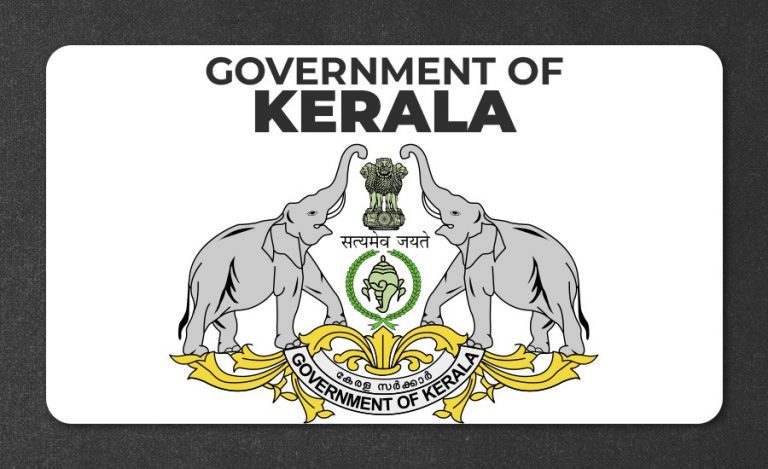In the face of escalating water scarcity and environmental degradation, Bijnor district has embarked on a remarkable journey to revive its forgotten lakes and reservoirs. This bold initiative, driven by a commitment to ecological restoration, is more than just a response to seasonal water crises; it represents a vision of sustainable development that intertwines water security, community livelihood, and environmental stewardship. Through large-scale lake rejuvenation efforts, local authorities aim to restore the region’s natural heritage, offering renewed hope to communities that once depended on these water bodies for their daily lives.
From lush green pathways to newly created public spaces, the rejuvenation project is transforming these once-neglected landscapes into thriving community hubs. Led by the district administration and supported by rural development programs like the Mahatma Gandhi National Rural Employment Guarantee Act (MGNREGA), the project is infusing life into both the ecosystem and the local economy. With a focus on job creation, environmental health, and social benefits, Bijnor’s reservoir revival promises to create a lasting impact that resonates beyond the immediate needs of water supply, fostering a future where nature and humanity flourish together.
THE RENAISSANCE PLAN
In early 2023, the district administration launched a large-scale rejuvenation program to restore the lakes in Bijnor, with a focus on both ecological restoration and creating employment opportunities. These efforts seek to breathe new life into neglected water bodies, enriching the landscape and ensuring sustainable water supply. The project is being conducted across several village panchayats and is seen as a way to bring back the pristine glory of Bijnor’s natural environment.
“With more than half of the are repurposed for agriculture, especially in mochipura and pawati, in the beginning it was difficult to make people understand the significance of the task. However, gradually things started to fall into place, ” Bijnor CDO, Purna Borah informed media.
The ongoing rejuvenation efforts, particularly in villages like those around Haidarpur Block, are showing promising results. Teams of workers have been busy planting greenery along the banks, clearing out debris, and replenishing these water bodies to once again become crucial sources of water. The rejuvenation efforts have been undertaken with the understanding that the natural environment is closely linked to the well-being of the people. This initiative focuses not only on water conservation but also on creating job opportunities for the local community, especially through schemes like the Mahatma Gandhi National Rural Employment Guarantee Act (MGNREGA).
SURMOUNTING OBSTACLES
The project has not been without its challenges. One of the key issues has been the illegal occupation of land, with many sites initially occupied by unlawful settlers. However, these obstacles have been systematically addressed through the use of coercive methods and legal interventions. Despite these challenges, progress is visible, with the district administration focusing on removing illegal encroachments and restoring the land to its original purpose.
Another significant obstacle was the land records. While the area was earmarked for restoration, discrepancies in land records created delays. Nonetheless, with collaborative efforts and proper documentation, the work on the lakes is moving forward. Local authorities have also worked closely with the community to ensure their cooperation, making sure that they benefit directly from the rejuvenation project.
A SENSE OF COMMUNITY
The local response to the initiative has been overwhelmingly positive. Villagers have welcomed the work with enthusiasm, especially as it is offering them opportunities for employment. The excavation work, embankment construction, and landscaping activities have engaged many from the local population, providing them with a steady income. For the youth, the work is a much-needed avenue for livelihood, especially in areas where jobs are scarce.
The revival of the lakes has also prompted the creation of public spaces, providing recreational areas for residents. The open spaces are becoming spots for social gatherings, and the installation of outdoor gyms and other public utilities is further enhancing the quality of life.
Moreover, the restoration of the lakes is creating opportunities for local businesses. The surrounding areas are being transformed into tourist spots, providing new avenues for employment. The fishing industry, for instance, is expected to benefit, with some lakes now being stocked with aquatic species, opening up business opportunities for local fishermen.
THE ROAD AHEAD
Looking forward, the administration has ambitious plans to further enhance the project’s impact. Funding, primarily through the Mahatma Gandhi National Rural Employment Guarantee Act (MGNREGA), is being utilised to create infrastructure and maintain the lakes. The revenue generated from the lakes, whether through recreational tourism or fishing, is expected to flow back into the community, ensuring long-term sustainability.
One of the key future goals is to make these lakes not just a water source but also centres of livelihood. Through a combination of activities such as boating, fishing, and eco-tourism, the lakes are poised to become not only ecological assets but also sources of economic empowerment for the locals.
The rejuvenation of reservoirs in Bijnor holds significant promise, offering a holistic solution to water scarcity while revitalising the local ecosystem. By addressing the environmental, social, and economic needs of the district, this initiative has the potential to transform Bijnor into a model for sustainable development, where nature and people coexist in harmony.






























